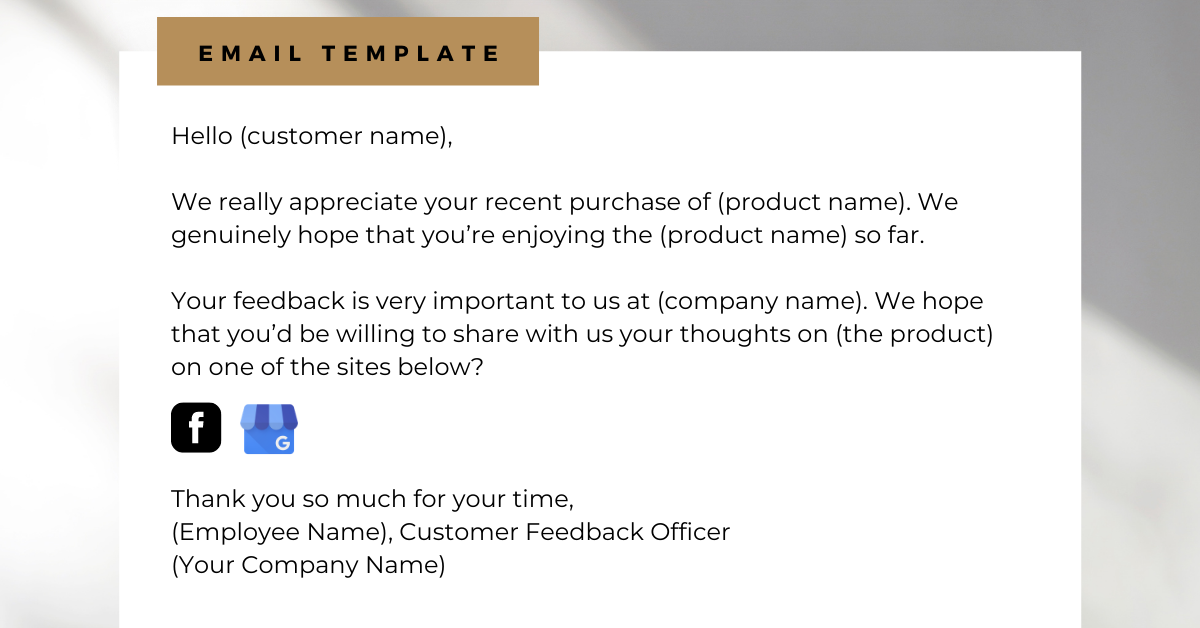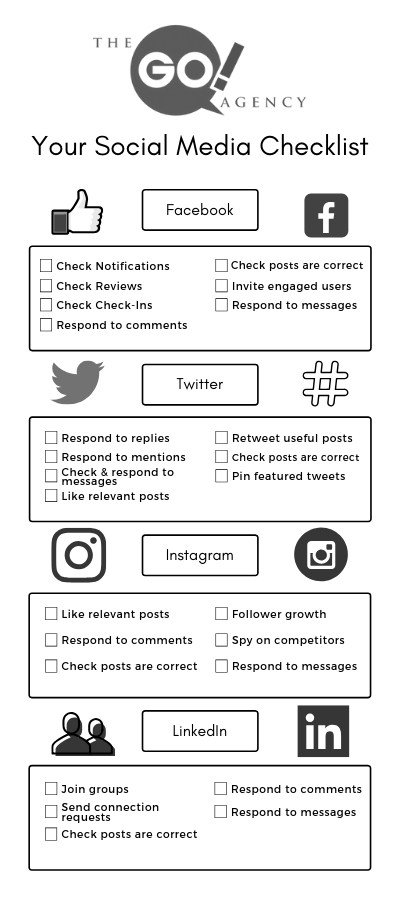In these challenging times, every company has been forced to pivot, create a plan B, and be as scrappy as possible when it comes to their marketing and sales approach. This is especially true when it comes to the world of online marketing.
One classic marketing tool, public relations (PR), has been one that many companies are turning to to increase their online, and offline, footprint.
When thinking about PR, some business owners tend to think of only Crisis PR. While this is great when you have to get an urgent message out – the value of public relations is much larger than sending a press release announcement or explaining problems away.
Did you know that the classic public relations methods, tactics, and theories can be easily applied to your online marketing plan? Just think about it: the same target market that is reading magazines and newspapers are also receiving their information through social media channels, email, podcasts, YouTube videos, and more!
Show your followers what happens “Behind the Curtain”
As a business owner, if you aren’t talking about your own company…you can’t expect anyone else to. This concept can prove to be very tricky for some, as you may be afraid of coming across as “boastful” or “braggy”. But good online public relations, especially via social media, works best when you are being authentic, and showing different aspects of your business that everyone may not be privy to.
If you are going the traditional PR route and targeting print, television, and radio – you may not be able to curate earned media placements right away. Public relations via social media though, is instant.
Like I was saying above, you don’t need to be releasing press releases every day on social media – rather you should be sharing the different sides, and nuances, of your business.
- Share about your employees and what they are doing to make a difference.
- Share about how you strive to fulfill the mission and values of your company.
- Share testimonials from your clients.
- Share how your business is taking part in community events, charities, or fundraisers.
- Show a Zoom screenshot from your monthly marketing and sales meeting.
There is so much you can do to give others insight into your brand. Let’s say you earn an article placement or press release – be sure to share it on each of your social media sites appropriately, add a link to it on a media page on your website, email it to your subscribers in your weekly newsletter, mention it on your next podcast episode, etc.! Once you’ve published it EVERYWHERE – be sure to tell your sales team too. Letting them know that your CEO was just interviewed in Forbes Magazine can help them too.
Continuing on with this concept, share positive news about your business with your followers AND potential leads online. While you can post about article features on your social media platforms, you can do the same on B2B platforms such as LinkedIn.
Speaking of LinkedIn, the playing field is more unique than the other social media sites. With LinkedIn, the vibe is of an online networking hub. So it presents itself as the perfect platform to share your accomplishments, position yourself as an expert, and gain amazing amounts of local, national, and even international exposure.
For example, if you are utilizing LinkedIn to connect with professionals within your industry by having meaningful conversations with them, mentioning your latest article placement could leverage your ability to move that lead further into your sales funnel.
Ask clients for reviews
Everyone knows that customer feedback is important. Many of us simply rely on reviews in order to make our decision of whether or not we want to invest in a product or service. So when we get that ONE bad review, it can throw us for a loop. But there is something you can do to improve your odds: YOU HAVE TO CONTINUOUSLY ASK FOR REVIEWS.
It may seem counterintuitive, but positivity can always outshine negativity.
Seriously, any time someone has an exchange with your company, put them into a system immediately, and set a delay so that way they’re emailed at an appropriate time to give your company/product/service feedback.
If you are able to showcase some of your best reviews on social media, in your emails, or in advertisements, it’s a win for your businesses. And, all of this visibility and social proof has an amazing impact on your public relations campaign.
Learn from the competitors
If you’re stuck for ideas about how to maintain a strong PR strategy in your industry, see what your competition is doing. Here are some questions you could ask yourself:
- Do they put out press releases?
- Are they partnering with other local businesses or events?
- What trade publications have they been featured in?
- Have they been in the local news?
- What other brands are talking about them?
If you take the COVID-19 pandemic as an example, you may see that many local businesses have donated masks, cleaning supplies, or other materials for schools and hospitals, and guess what? They got it covered in the media, or tried to anyway. If you’re looking to generate ideas on ways you could make the news (in a good way) spy on your competitors’ websites, social media, etc.
Bonus tip: set up a Google Alert for every single one of your competitors so you’ll be one of the first to know every time they’re in the news.
Ready…set…invest in PR
Getting your business to be recognized as credible is important, and one of the best ways you can accomplish this is by following a solid PR strategy. It may be a lot of work, but it is worth it to be considered one of the best.
Read More
















